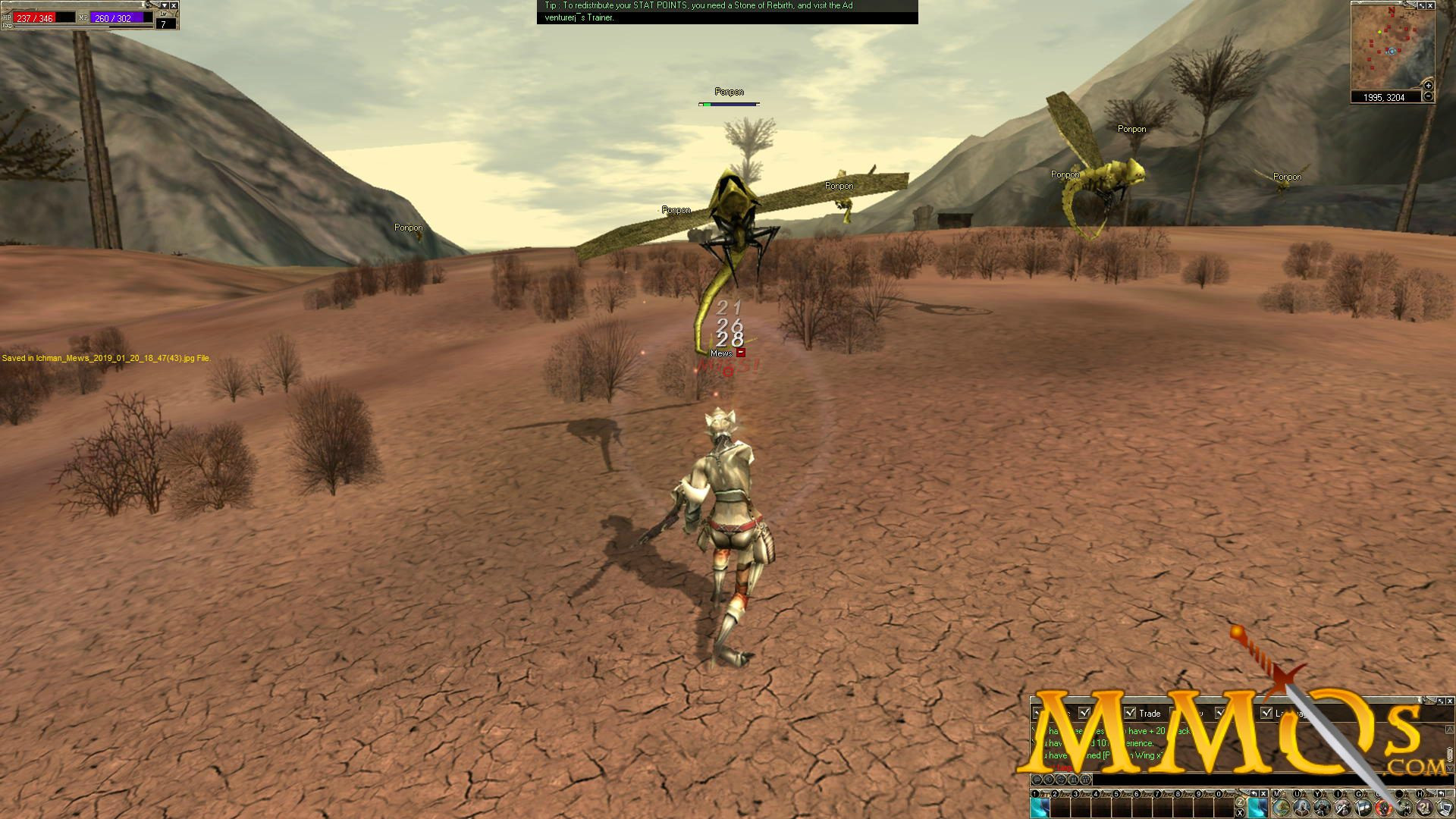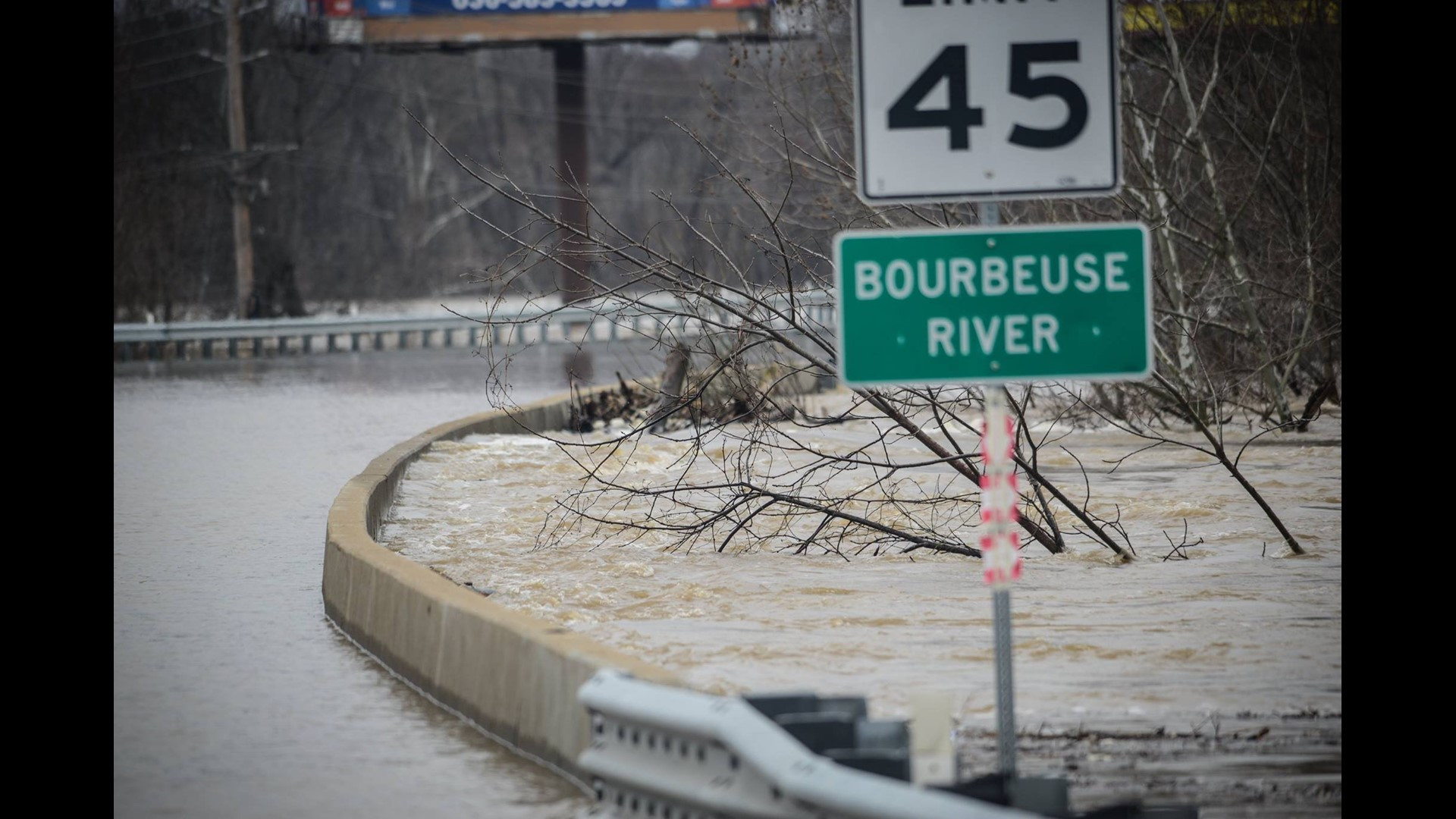The North Carolina State Highway Patrol has a life-saving message: "Turn Around, Don't Drown." This slogan is especially important during and after a tropical storm or hurricane. Historically, most deaths and injuries related to hurricanes happen inland, when people attempt to drive through flooded roads.
"It may be hard to tell how much water is on the road," said WRAL meteorologist Elizabeth Gardner. Even a shallow amount of water can be dangerous. Dirty floodwater can hide washed-out sections of road, making depth perception difficult. Additionally, strong currents can easily sweep away any vehicle, jeopardizing not only the driver but also rescuers.
Flooding Dangers: Why You Should 'Turn Around, Don't Drown'
The National Weather Service defines "flash flooding" on its website as flooding that begins within six hours and often within three hours of heavy rainfall. Flash flooding occurs so quickly that people are caught off-guard and their situation may become dangerous if they encounter high, fast-moving water while traveling.
"Remember, just six inches of moving water can knock you down, and one foot of moving water can sweep your vehicle away," states the Ready.gov website. This highlights the immense power of floodwaters, even those that appear shallow.
Flood Safety Tips: What to Do and What to Avoid
The North Carolina Department of Transportation offered these tips for driving in wet weather:
- Do not walk, swim or drive through flood waters. Turn Around, Don’t Drown!
- Never drive around barricades. Local responders use them to safely direct traffic out of flooded areas.
- Stay off bridges over fast-moving water. Fast-moving water can wash bridges away without warning.
Flash Floods: A Growing Threat
"Most flood fatalities in the US happen in flash floods," states the FEMA website. The unpredictable nature of these events, often occurring within a matter of hours, makes them especially dangerous.
While the risk of flooding is a concern across the country, specific regions, like Colquitt County in Georgia, are particularly susceptible.
Colquitt County is projected to see a significant amount of rain, which increases the chances of flash flooding in the area. Colquitt County is currently under a flood watch but was under a flash flood warning Wednesday evening.
Safety Measures: A Proactive Approach to Flood Preparedness
As heavy rain and flood warnings persist, local authorities are implementing proactive measures to ensure public safety. A "shelter-in-place" will be put into effect from midnight tonight to 8 a.m. Friday. This will give the utility crews the opportunity to get out and get power back up and clear debris and trees from the roads, County Administrator Chas Cannon said during Wednesday’s hurricane preparation meeting.
Beyond the Storm: Safe Driving Practices During and After Heavy Rain
Even after the storm has passed, the risks of flooded roads remain. According to data from the Federal Highway Administration, 75% of weather-related vehicle crashes occur on wet pavement and 47% happen during rainfall each year.
"Though strongly discouraged, if you must get behind the wheel during the storm, it is very important to adjust your typical driving style," said Montrae Waiters, spokesperson for AAA-The Auto Club Group. "Whether it’s during or after the storm, if you see a flooded street, don’t drive through it. Taking a gamble on a waterlogged street is a no-go; you can’t tell how deep the water is or what’s hiding underneath it."
Tips for Safe Driving in Wet Conditions
Here are some additional safe driving tips during heavy rains and winds:
- Reduce speed: With as little as a half-inch of water on the road, tires must displace a gallon of water per second to keep the rubber meeting the road, the AAA said. Drivers should reduce their speed to correspond to the amount of water on the roadway. At speeds as low as 35 mph, new tires can still lose some contact with the roadway.
- Increase following distance: Maintain a greater distance between your vehicle and the one in front of you to allow for more time to react to potential hazards.
- Use headlights: Even during daylight hours, turn on your headlights to improve visibility for yourself and other drivers.
- Avoid distractions: Stay focused on the road and avoid using your phone or other devices while driving.
Staying informed about weather alerts, adhering to local safety advisories, and exercising caution while driving are crucial steps in mitigating risks during and after heavy rainfall. Remember, the safety of yourself and others is paramount. Choose to 'Turn Around, Don't Drown' and make informed decisions to safeguard your well-being.


















